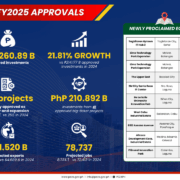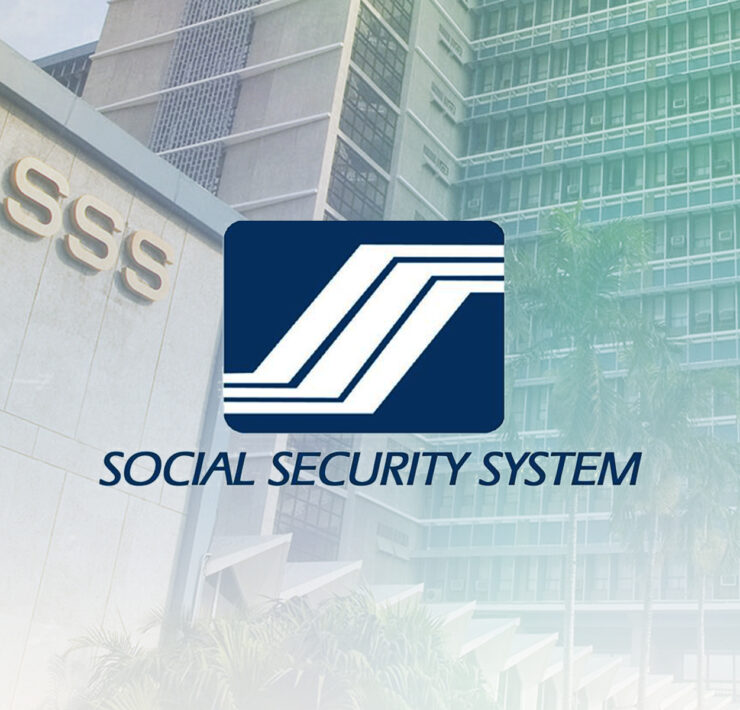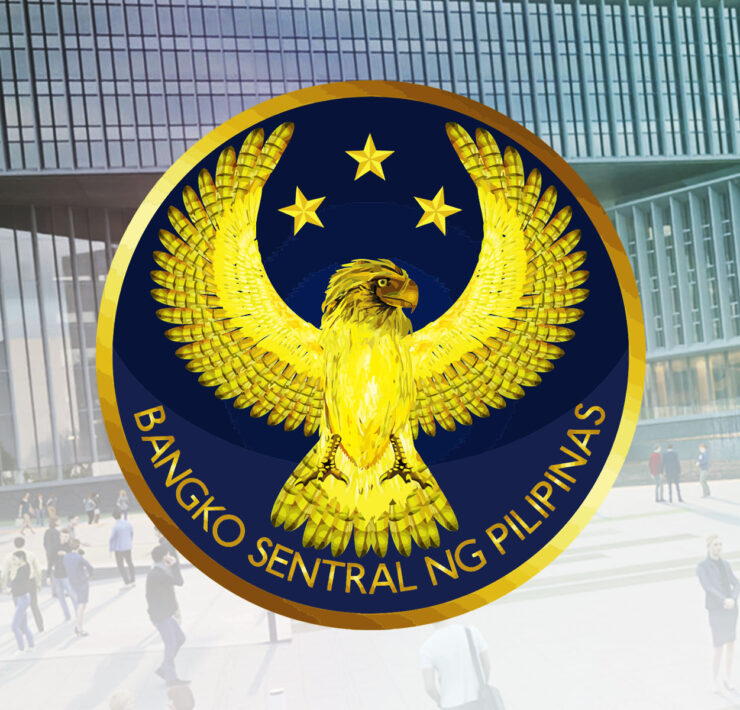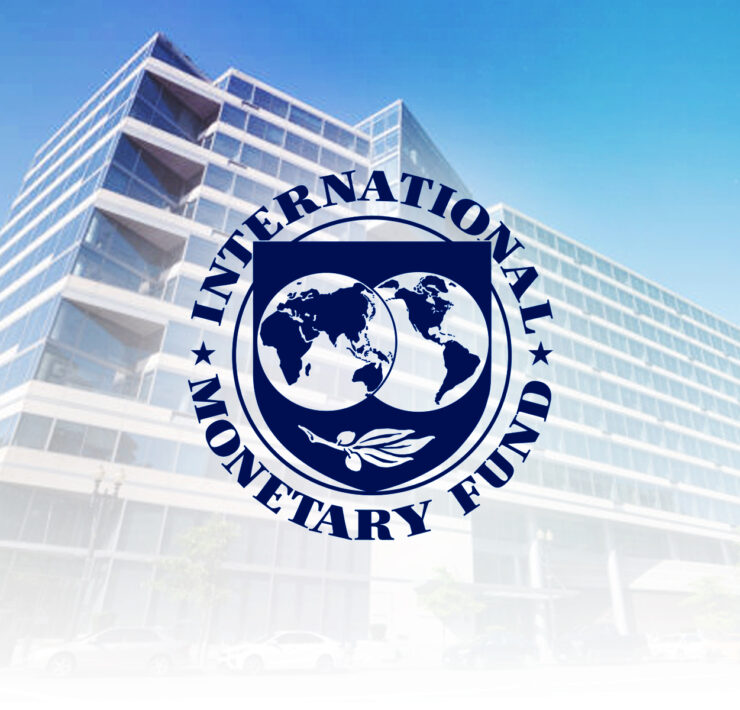February remittances slumped to 9-mo low
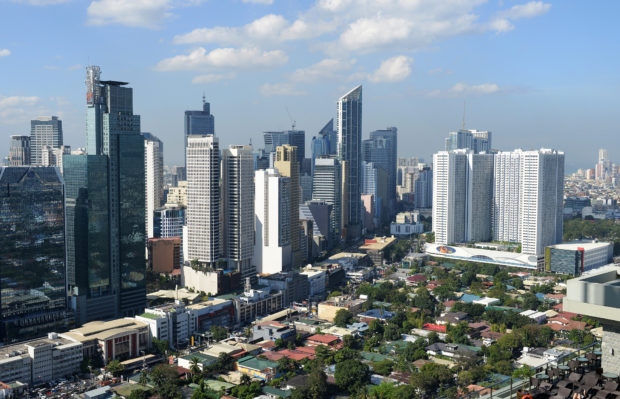
Cash remittances posted their lowest haul in nine months in February as inflows normalized following the usual surge in fund transfers during the last holiday season.
Money coursed through banks and were sent home by Filipinos overseas grew by 2.7 percent year-on-year in the second month of the year to $2.72 billion, latest data from the Bangko Sentral ng Pilipinas (BSP) showed.
However, that was the smallest inflow since the $2.6 billion recorded in May 2024.
Growth likewise eased from the 2.9-percent expansion in January.
In the first two months of 2025, remittances went up by 2.8 percent to $5.6 billion.
Reinielle Matt Erece, an economist at Oikonomia Advisory & Research Inc., said seasonality played a huge role in the decline in remittances, a major source of purchasing power for many households in the consumption-driven Philippine economy.
“The decline in growth can be attributed to seasonal effects, where February tends to be one of the slowest months in terms of remittance growth,” Erece said.
Mostly from US but …
Broken down, 40.9 percent of total remittances in the first two months came from the United States, accounting for the bulk of the overall inflows. But there are some limitations to the data because it is a common practice of remittance centers in various cities abroad to course remittances through correspondent banks, most of which are located in America.
Singapore was the second largest source of remittances with a 7.6-percent share, followed by Saudi Arabia at 6 percent.
Beyond seasonality, Leonardo Lanzona, a labor economist at Ateneo de Manila University, said the economic turmoil unleashed by US President Donald Trump’s protectionist policies likely caused the decline in cash transfers from Filipino expats.
“Fears of a recession and the uncertainty of the situation could have forced our remittance-sending relatives to save for their own future,” Lanzona said.
For the whole 2025, the BSP expects remittance growth to ease to 2.8 percent to $35.5 billion, from the previous projection of a 3-percent expansion.
Oikonomia’s Erece also sees a softer growth in such inflows.
“This is driven by stricter immigration rules especially in the United States, as well as global economic uncertainty brought by trade tensions. OFWs (overseas Filipino workers) may have to cushion risks of higher living costs and save more money,” he said.













